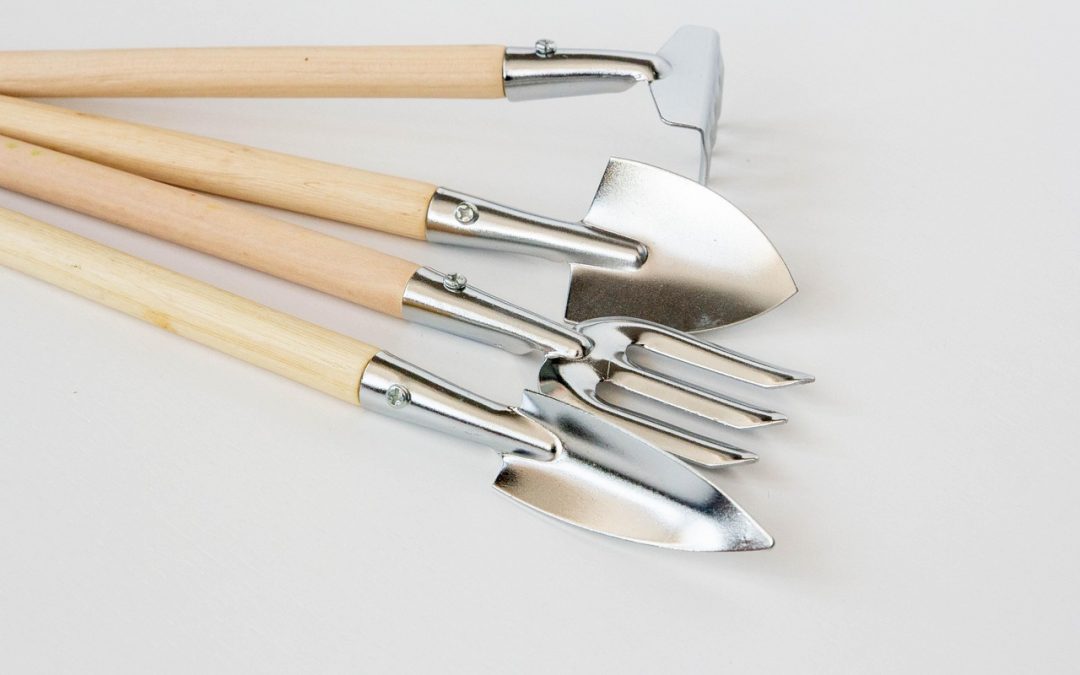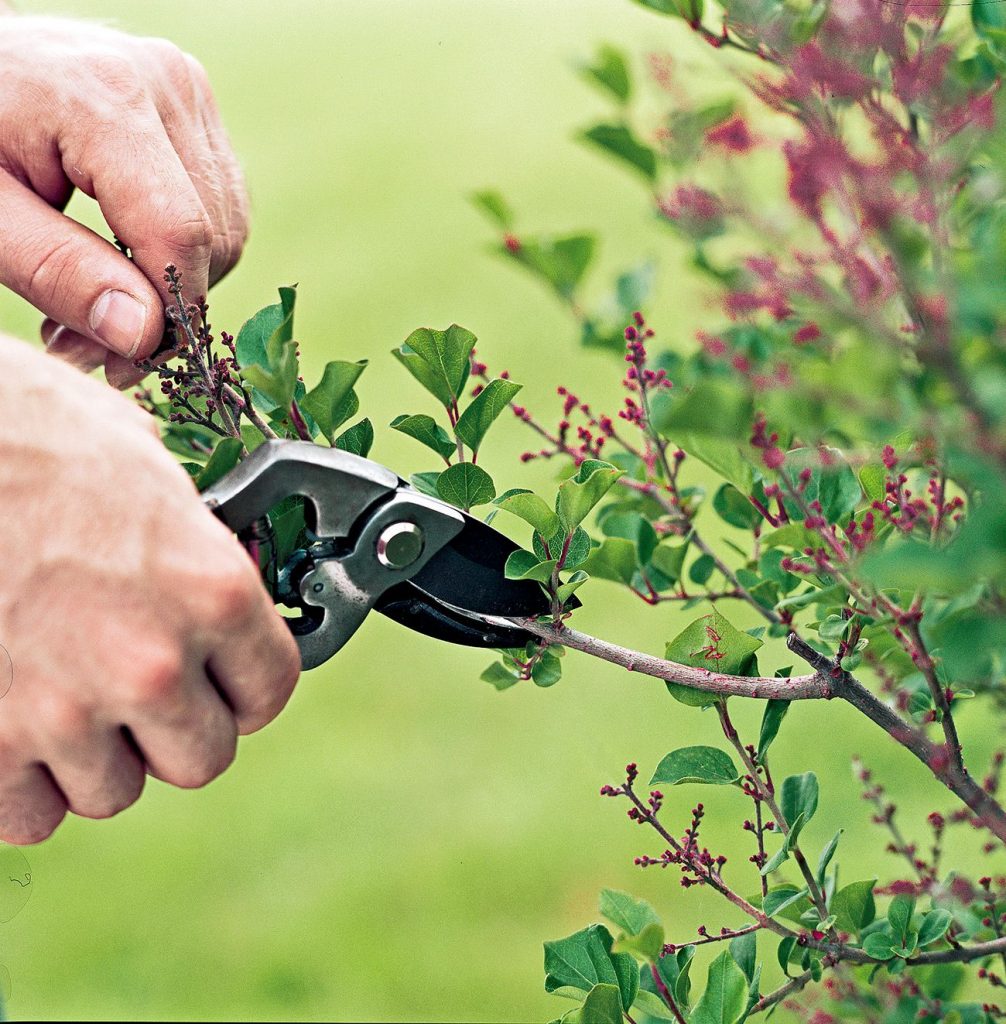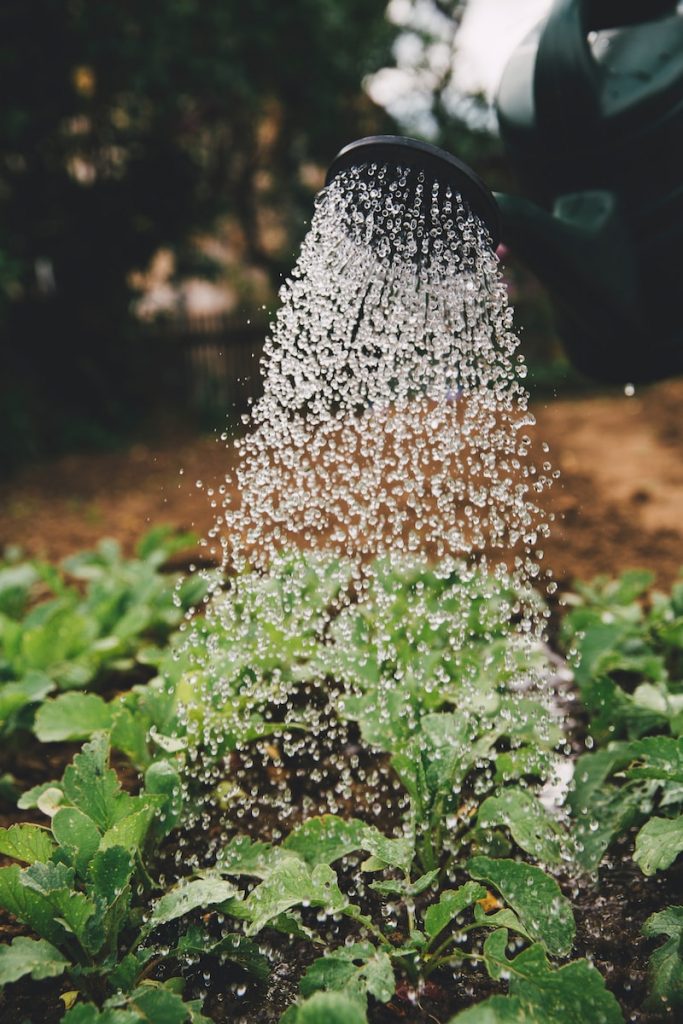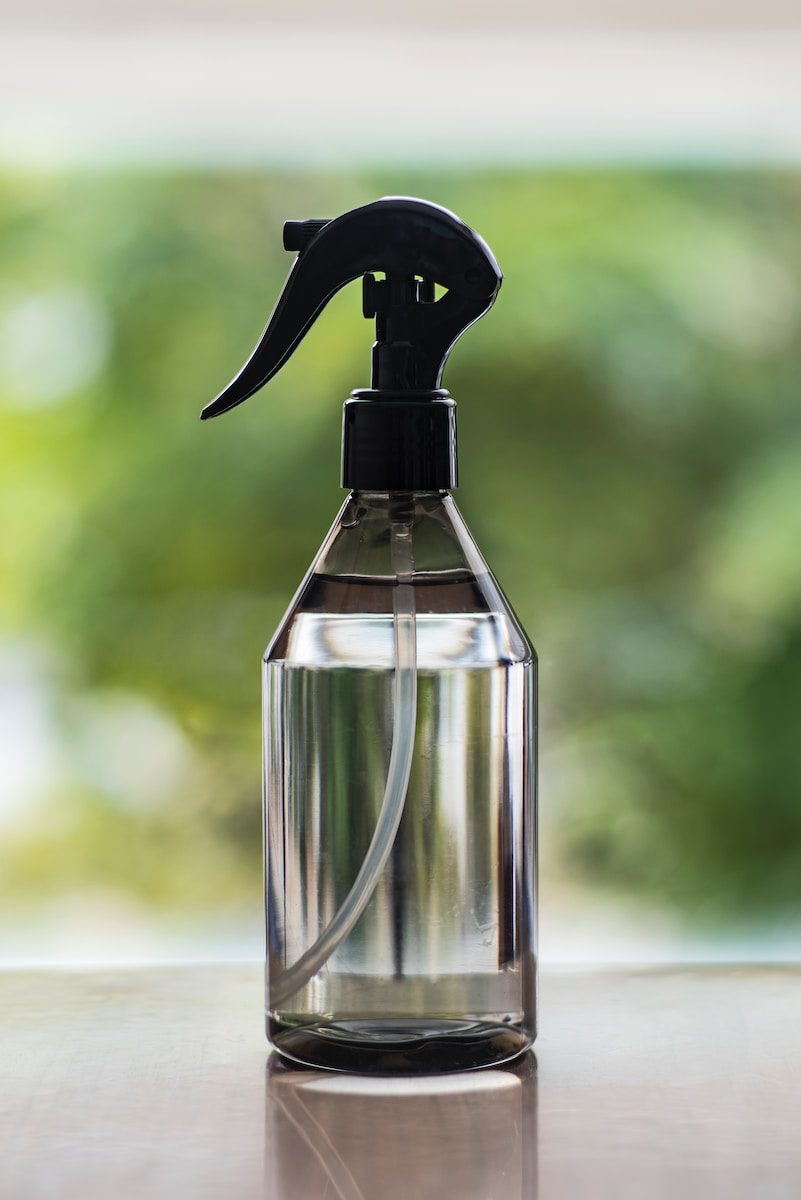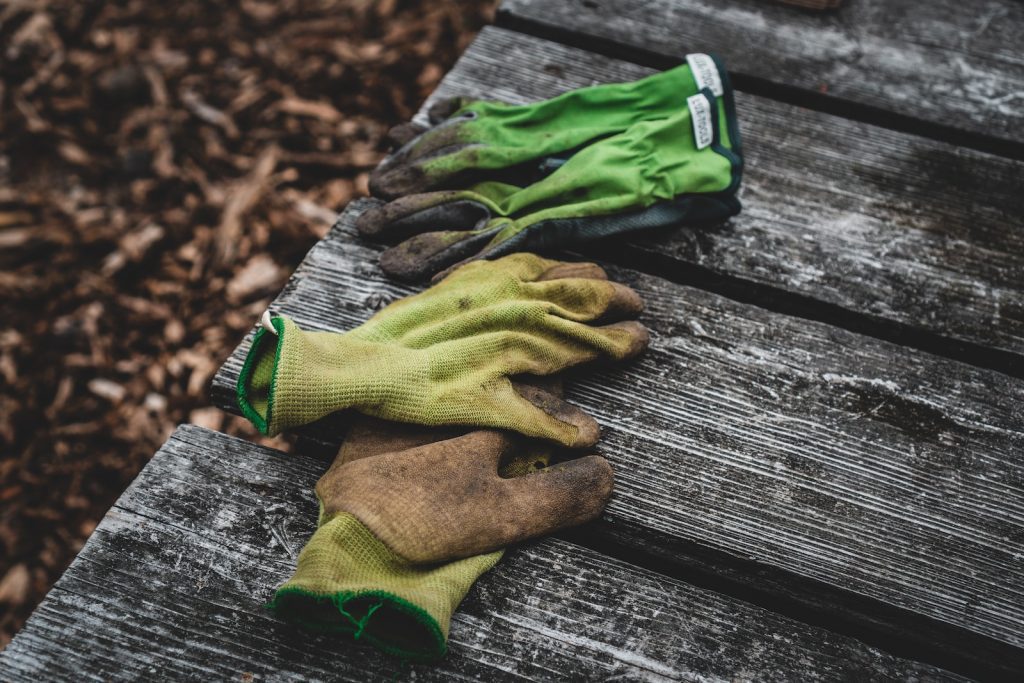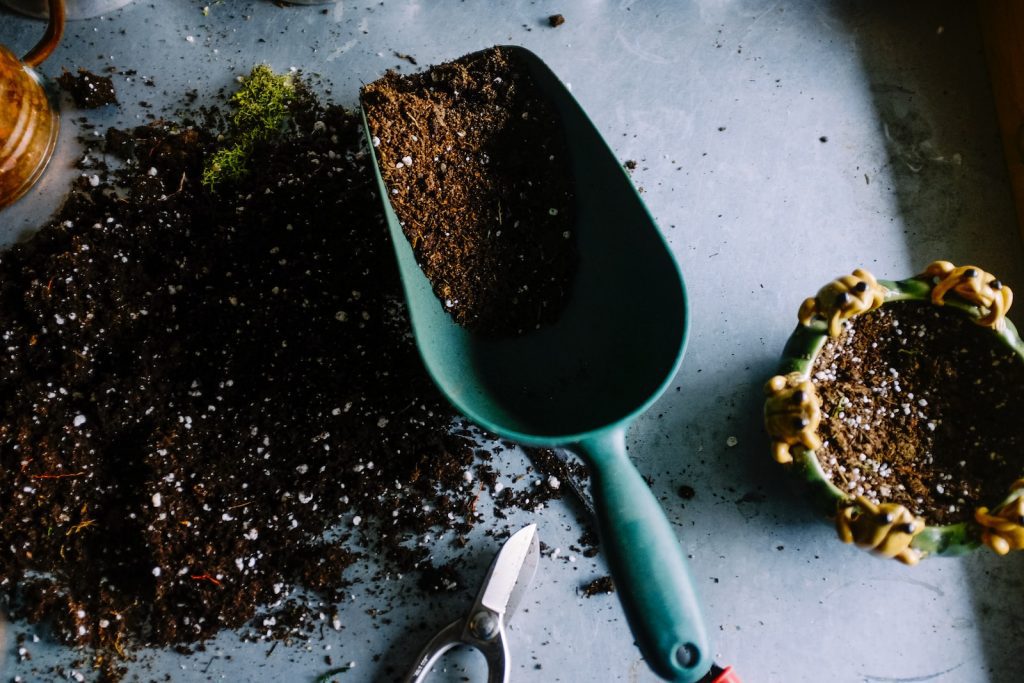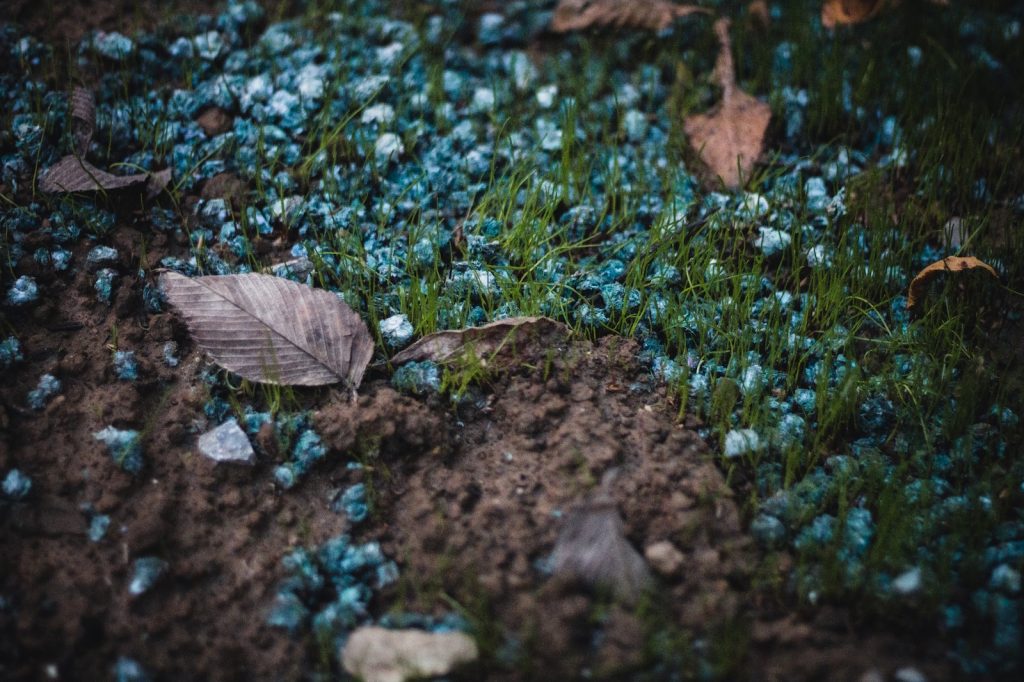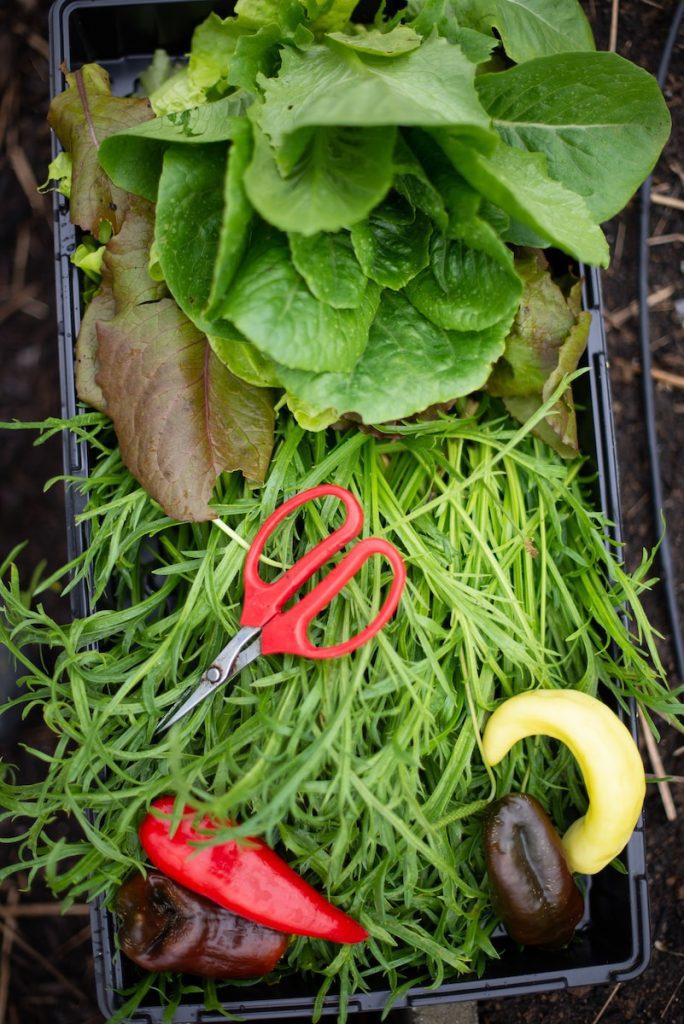Contents
Introduction: Why the Right Tools Matter in Indoor Gardening
Indoor gardening becomes much easier—and far more enjoyable—when you have the right tools. Whether you’re repotting, pruning, checking moisture levels, or starting seedlings, a reliable tool set helps you work faster, avoid plant damage, and keep your indoor garden thriving.
This guide walks you through 15 essential indoor gardening tools, how to use them properly, and why each one plays a role in keeping your houseplants healthy.
For extra help with plant care basics, see our guide on How to Create an Indoor Plant Maintenance Routine.
1. Hand Trowel
A hand trowel is your main tool for digging, planting, and repotting. A strong stainless-steel trowel makes it easy to scoop soil, mix potting blend, and lift plants gently without stressing their roots.
How to Use:
Use the trowel to loosen soil, remove plants from pots, and create room for new transplants. Narrow trowels work best for compact containers.
Why It Matters:
A good trowel reduces root disturbance and makes repotting easier—especially for young or delicate plants.
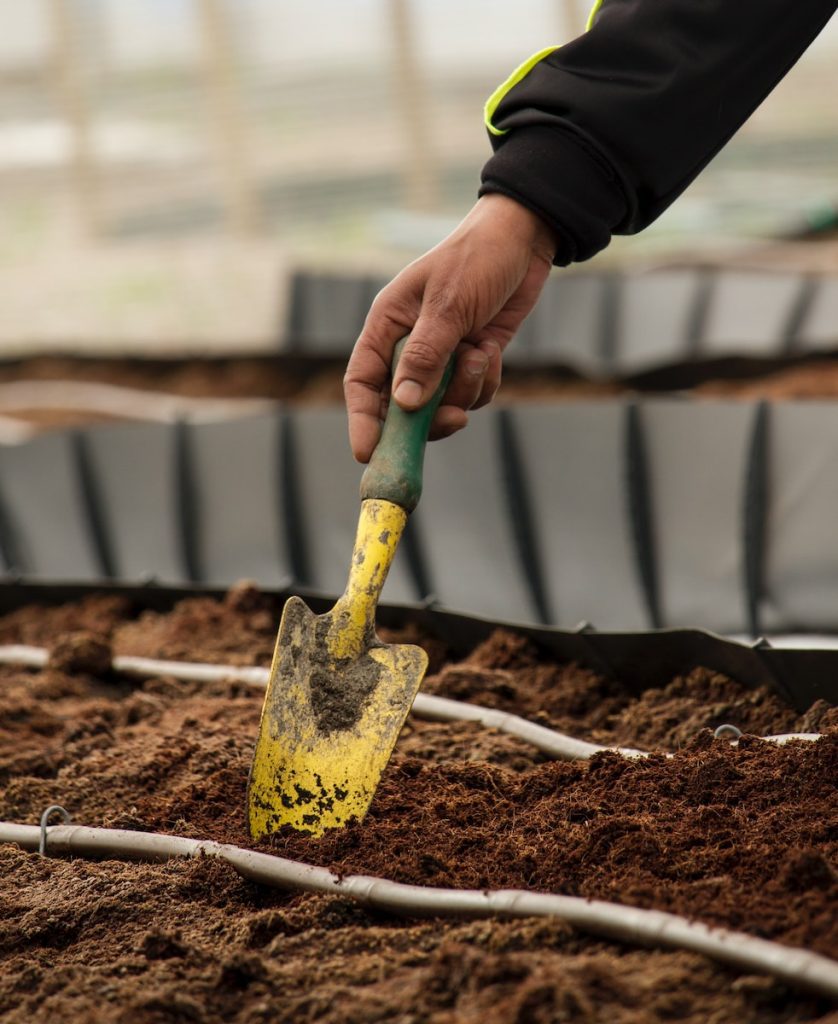
2. Pruner / Pruning Shears
Pruning shears help remove dead leaves and shape your indoor plants. Clean cuts heal faster and encourage healthier new growth.
How to Use:
Snip just above a leaf node to promote branching. Use pruners for thicker stems that garden scissors can’t handle.
Why It Matters:
Healthy pruning prevents leggy growth, improves air circulation, and keeps plants looking their best.
3. Watering Can (Narrow Spout)
A narrow-spout watering can delivers water slowly and precisely, preventing spills and soil disruption.
How to Use:
Pour directly onto the soil surface, avoiding leaves whenever possible. Slow watering helps the soil absorb moisture evenly.
Why It Matters:
Proper watering reduces fungal issues, prevents overwatering, and supports strong root development.
4. Moisture Meter
Moisture meters take the guesswork out of watering—especially for deeper pots where your finger can’t reach the lower soil levels.
How to Use:
Insert the probe into the soil and read the moisture level. Water only when the meter shows the appropriate dryness for your plant.
Why It Matters:
Avoiding overwatering prevents root rot, the most common cause of houseplant decline.
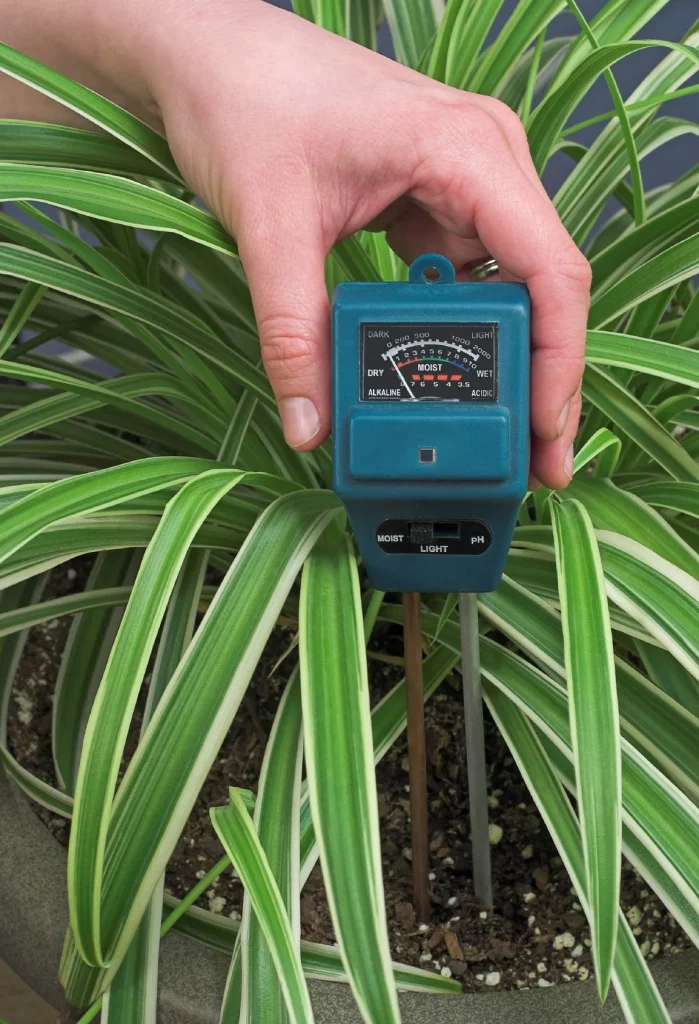
5. Plant Mister / Spray Bottle
Many indoor plants benefit from a boost in humidity. A plant mister provides gentle moisture without soaking the foliage.
How to Use:
Mist lightly around (not directly onto) the plant. Use after cleaning leaves or adjusting dry soil.
Why It Matters:
Humidity-loving plants like ferns, calatheas, and palms stay healthier with consistent moisture in the air.
6. Gardening Gloves
Lightweight gardening gloves protect your hands during repotting and pruning.
How to Use:
Wear gloves when handling rough soil, cactus plants, bark, or fertilisers.
Why It Matters:
Gloves prevent scratches, skin irritation, and help you maintain better grip and control.
7. Potting Mix
Indoor plants thrive in a well-aerated, nutrient-rich potting mix that drains efficiently but still holds moisture.
How to Use:
Fill pots with indoor-specific soil. Add perlite or coco coir if your plant needs extra drainage.
Why It Matters:
The right soil mix is the foundation of healthy roots and long-term plant success.
8. Indoor Plant Fertilizer
Indoor plants rely on fertiliser to replace nutrients lost from watering and root growth.
How to Use:
Dilute liquid fertilizer and feed every 2–4 weeks during spring and summer. Always follow dosage instructions.
Why It Matters:
Balanced nutrition results in stronger stems, brighter leaves, and faster growth.
If you’re new to fertilising, a gentle liquid feed is one of the easiest ways to support indoor plant growth — here’s a simple option that works well for most houseplants: https://www.amazon.co.uk
9. Grow Lights
Grow lights give indoor plants the full spectrum of light they need, especially in darker rooms or winter months.
How to Use:
Place lights 20–30cm above your plants and run them 8–12 hours daily. Use timers for consistency.
Why It Matters:
Grow lights prevent leggy growth and help herbs, seedlings, and fruiting plants thrive indoors.
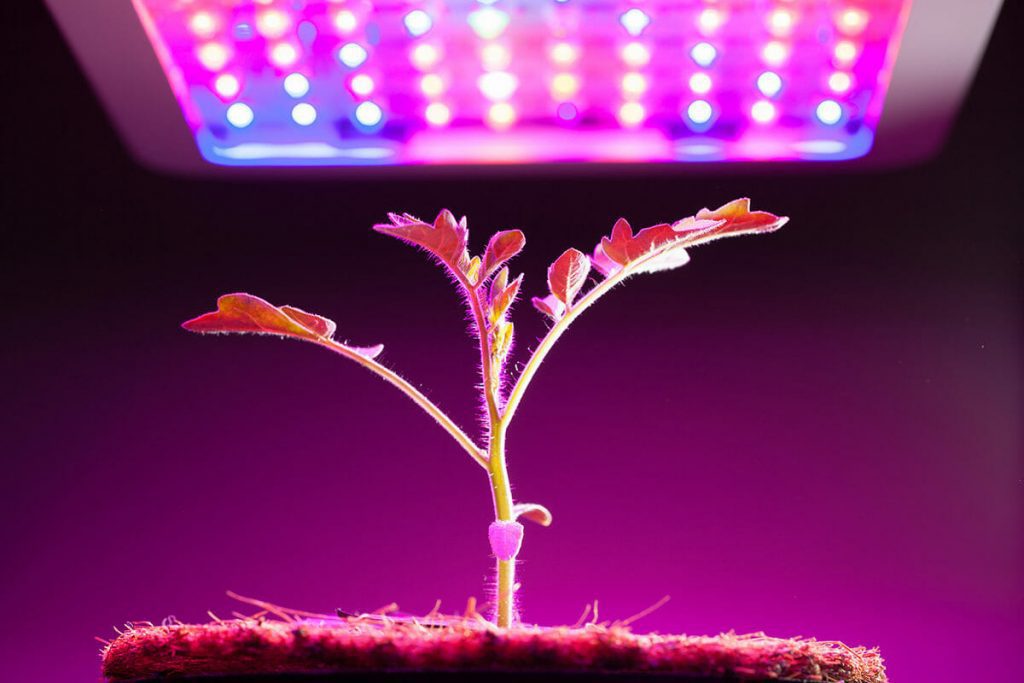
10. Garden Scissors
Garden scissors provide precision for trimming soft stems, harvesting herbs, and shaping houseplants.
How to Use:
Use scissors for fine cuts, especially on herbs like basil, mint, and parsley.
Why It Matters:
Clean, gentle cutting reduces plant stress and encourages fresh, healthy growth.
Final Thoughts on the Best Indoor Gardening Tools
Indoor gardening feels much easier when you have the right tools — from pruning shears for quick trims to potting mix and fertilizer that support steady growth. Start with the essentials, learn how each tool helps, and build your collection over time as your plant care routine becomes more confident. Tools don’t just make plant care convenient — they help prevent the most common mistakes beginners face and keep your indoor garden thriving.
For more guidance on choosing the right supplies, the RHS has a helpful overview on basic indoor plant care, including tools and growing essentials that support healthier roots and foliage.
Related Articles
KEEP YOUR INDOOR GARDEN HEALTHY
Fix Plant Problems Before They Begin
Early issues like poor soil, weak growth, and slow recovery often come down to basic care habits. Learn how to strengthen your plants with simple, beginner-friendly routines that make a BIG difference over time.

